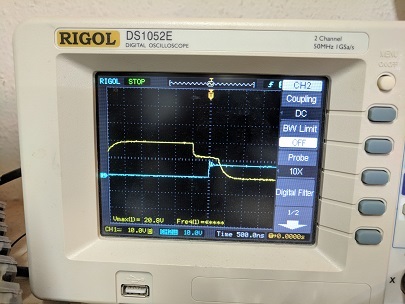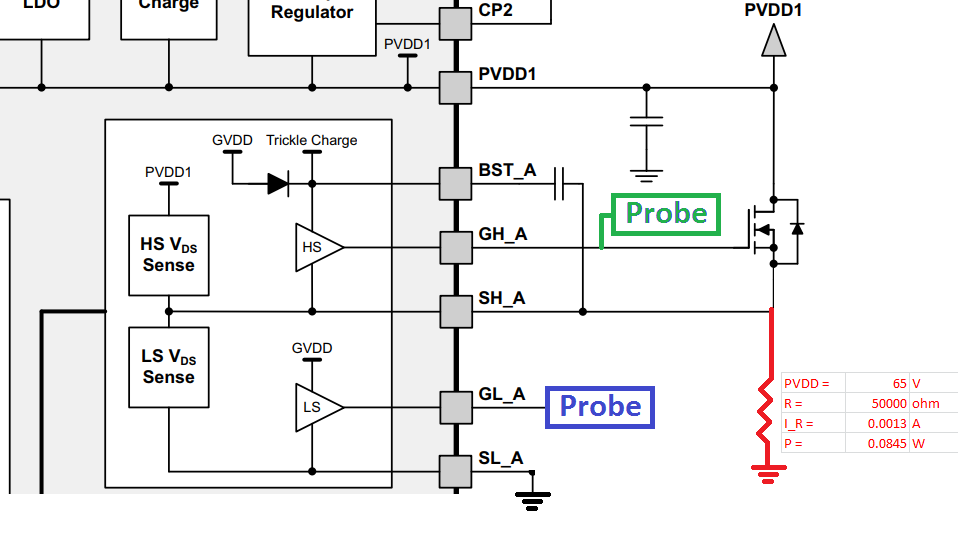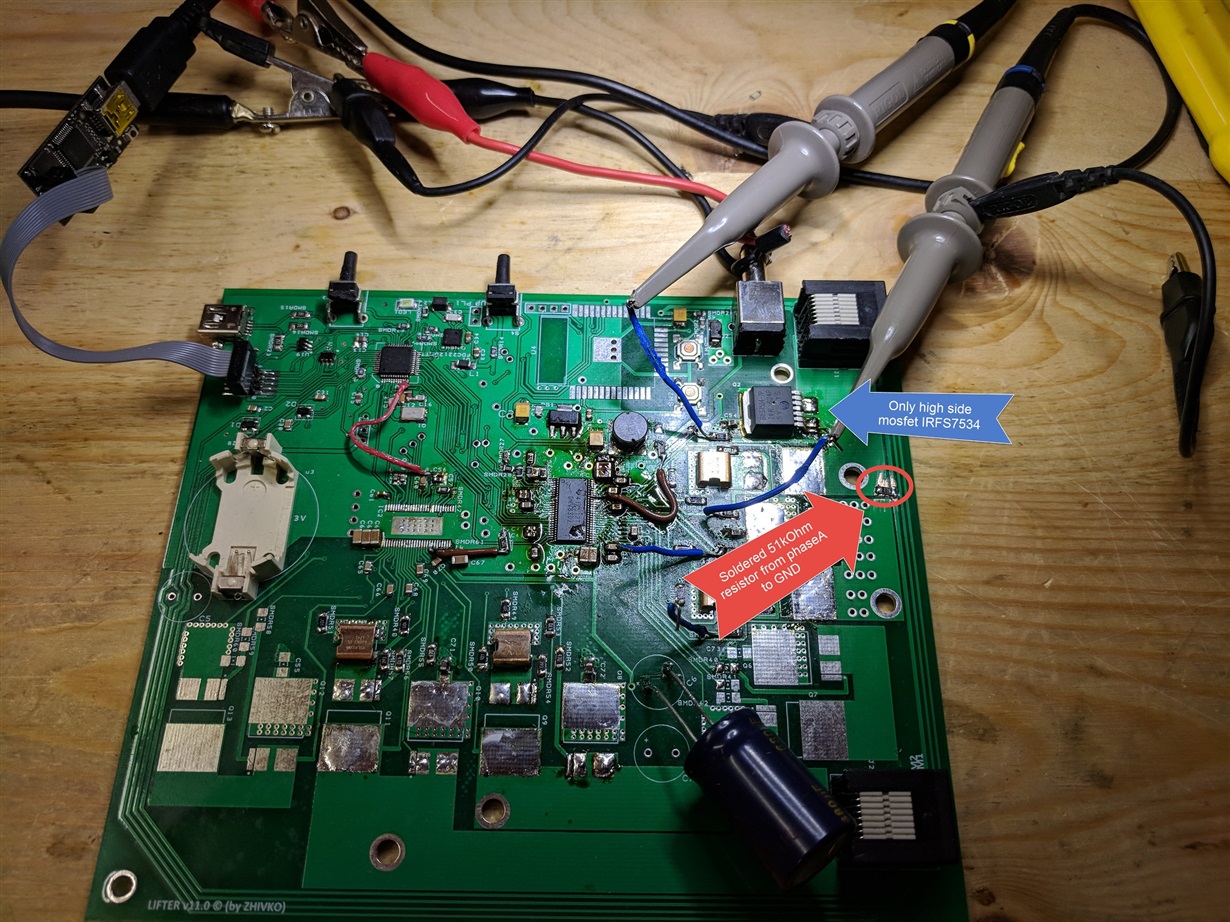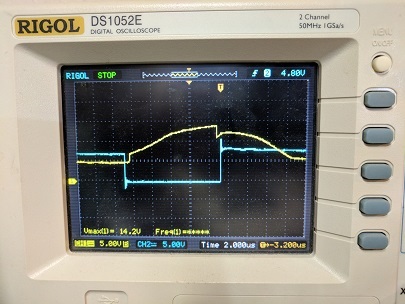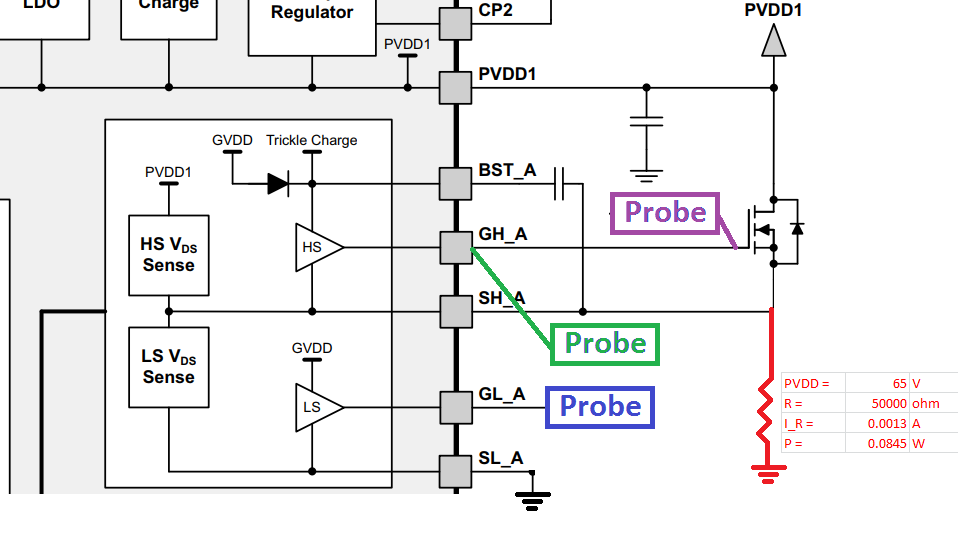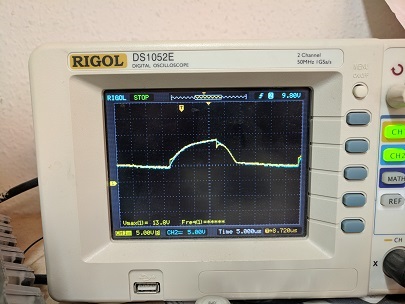Still having similar issues. Is it ok to post to my topic - or should I open new one?
I'm not sure - I am examining the operation of gate driver without mosfets beeing connected (let alone motors). I soldered new DRV8203 chip. I see that for small time (250ns) both GH_A and GL_A are ON.
GH_A is approx 11V
GH_B is approx 8V
Would this be same with mosfets in place? Having GND and 24V on phase_A shorted is not good thing right? What I am missing here?



